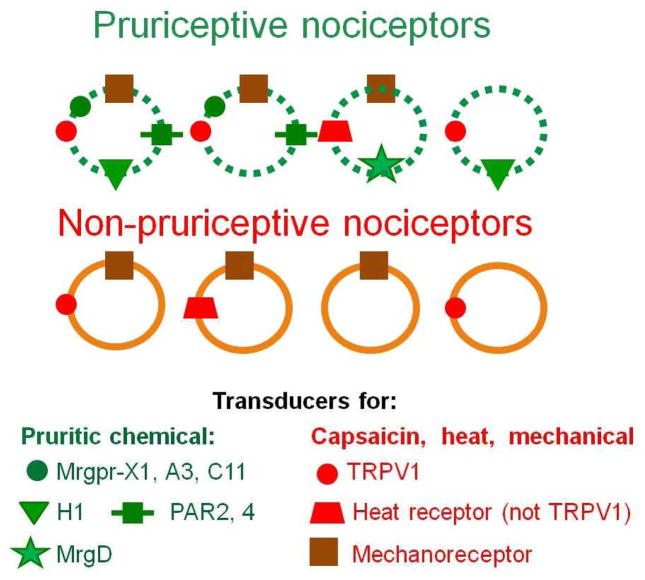Figure 2. Pruriceptive neurons are a subset of nociceptive neurons.
The circles symbolize subtypes of nociceptors that express receptors for different types of stimuli in their axonal terminals in the skin. The hypothetical combinations of receptors are based on published recordings of the capacities of different types of stimuli to activate primary, cutaneous sensory neurons when delivered either to their peripheral receptive fields in vivo (in mouse, monkey or human) or to their dissociated, cultured, cell bodies, in vivo (mouse only). There are two main types of nociceptors: those that respond to pruritic chemicals and those that do not (pruriceptive and non-pruriceptive nociceptors, respectively). Both types of nociceptor also respond to one or more noxious stimuli (mechanical or heat stimuli or capsaicin injection) that elicit pain and not itch. The symbols illustrate some of the receptors expressed by each subtype. In mice, some pruriceptive nociceptors have been shown to express the receptor for chloroquine, Mas-related G-protein coupled receptor member A3 (MrgprA3), and the receptor for bovine adrenal medulla 8–22 peptide (BAM8-22), MrgprC11. Primates have been shown to express the receptor for either of these ligands (MrgprX1) in a subset of nociceptors. The transduction of protease contained in cowhage is poorly understood but is hypothesized to involve protease-activated receptor 2 (PAR2) and/or PAR4. Other receptors shown are for histamine (H1), β-alanine (MrgprD), capsaicin, noxious mechanical stimuli (mechanoreceptors), and heat that is trandsuced either by transient receptor potential vanilloid 1 (TRPV1)), or by a mechanism independent of TRPV1. For clarity, other combinations of the receptors shown or other markers associated with nociceptive/pruriceptive transduction (such as TRPA1,TRPM8 and P2X3) or intracellular signaling are omitted.

